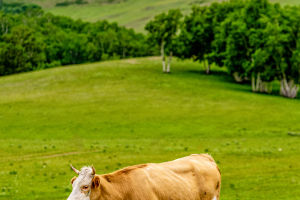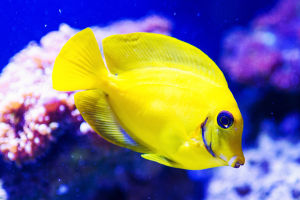The kingfisher is an exquisite bird that is widely distributed around the world and is famous for its colorful plumage and charming appearance.
However, despite their intoxicating beauty, kingfishers face serious threats such as habitat destruction, pollution, and illegal capture. This article explores efforts to protect these rare and beautiful birds, as well as the threats they face.
1. Habitat destruction:
Kingfishers typically live in a variety of habitats, including forests, wetlands, meadows, and city parks.
However, as urbanization continues to expand and agricultural activities increase, the habitats of many kingfishers have been severely damaged. Forests are logged and wetlands are drained, leading to habitat loss and destruction.
This habitat destruction poses multiple threats to kingfishers. First, they lose a place to breed and feed. Many kingfishers rely on specific types of habitat for food and nesting, and once these habitats are destroyed, they are at risk of food shortages and nest loss.
Secondly, habitat destruction has also led to conflicts between kingfishers and human activities. They are forced to adapt to new environments and compete with humans for resources, which may make their survival difficult.
In order to protect the habitat of kingfishers, governments and environmental organizations have taken a series of measures. Establishing nature reserves, adopting sustainable forest management practices, limiting land development, and protecting wetlands are some of the key initiatives.
In addition, educating the public about the importance of habitat conservation is also crucial. Only when people are aware of the value of habitats can they be better protected.
2. Pollution:
Pollution is another factor threatening the survival of kingfishers. Air pollution, water pollution, and soil pollution can all negatively impact their health and survival.
Harmful chemicals in air pollution can affect the respiratory systems of kingfishers, causing breathing difficulties and illness. Water pollution directly affects their ability to find food in wetlands and rivers.
In addition, soil contamination may affect the insects and other food resources that kingfishers rely on.
One way to deal with the threat of pollution is to strengthen environmental regulations to limit the emission of harmful substances. In addition, encouraging the adoption of clean energy and sustainable agricultural practices can also reduce the sources of pollution.
Most importantly, people should take measures in their daily lives to reduce the generation of waste and harmful substances to reduce the burden on the environment.
3. Illegal capture:
The kingfisher's beautiful plumage and pleasing appearance make it a target for illegal capture and illegal trade. Many people capture kingfishers as pets or use their feathers to make decorations.
This illegal capture not only threatens the kingfisher population but also has a negative impact on their living conditions.
In order to solve the problem of illegal fishing, the international community has taken a series of measures. Strict legal measures to ban the capture and trade of kingfishers and their products are among them.
At the same time, it is also crucial to create public awareness of illegal capture and encourage people not to purchase illegal products. Conservation of kingfishers requires international cooperation as they often cross the borders of multiple countries.
Protecting kingfishers is an important undertaking that requires cooperation from all parties around the world. Habitat destruction, pollution, and illegal capture are major threats to kingfishers, but steps can be taken to mitigate these threats.
Establishing nature reserves, strengthening environmental regulations, educating the public, and international cooperation are all key steps in protecting the kingfisher. Only by working together can we ensure that these beautiful birds continue to fly the skies and fight for their survival into the future.


